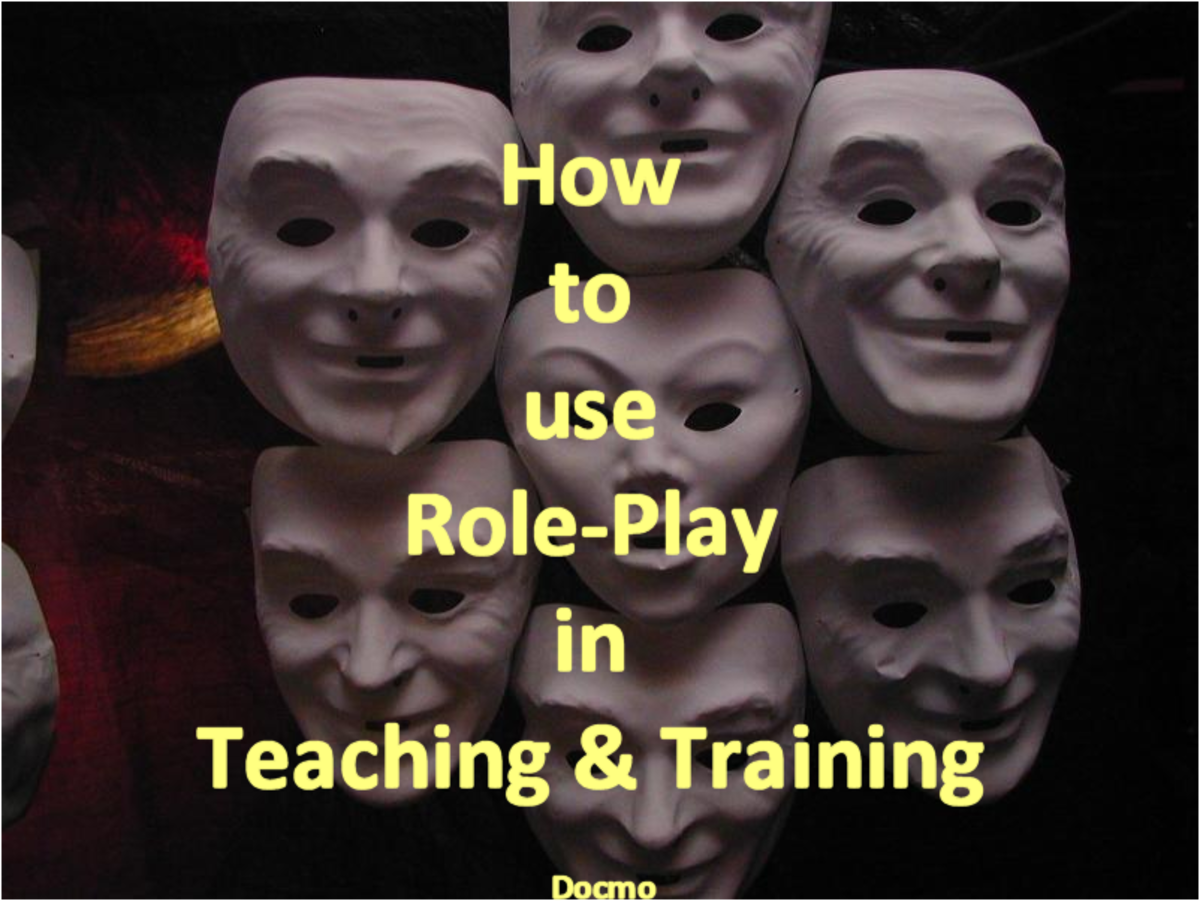An Analysis of Distant Learning

Introduction
“The development of distance education technologies provides distinctive opportunities for institutions of higher education to deliver credit courses and continuing education courses to geographically dissimilar adult audiences. This singularity has required institutions to reevaluate the effectiveness of morphing traditional methods of instruction into distance learning models” (Armstrong 2001.) Careful consideration should be given to whether it is realistic or even desirable to create distance learning courses based solely on traditional instructional models.
It should be noted that theories relating to distance learning—and particularly online learning—is still in the early stages of development. Although other forms of distance learning, such as interactive television and correspondence courses, have existed longer, online distance learning formats are contemporary, compared to face-to-face formats (Carey 2001.)
The Institute for Higher Education Policy released a report in April 1999 to both the American Federation of Teachers and the National Education Association regarding the effectiveness of distance learning in higher education (Carey 2001.) The report came to the conclusion that:
-
Of the hundreds of articles written on distance learning, only a small percentage contains original, quantitative research.
-
Most of these studies are methodologically flawed
With these two perspectives in mind, this paper will examine the literature pertaining to web-based distance learning.

Review of Literature
To determine the relevancy of converting traditional methods of teaching into distance learning teaching, there should be an understanding of what constitutes distant learning and web-based instruction.
“Web-based instruction is defined as delivery of educational or training materials to a student(s) via the Internet that includes hyperlinks and communication capabilities. Web-based learning can also be led or facilitated by an instructor. Distance learning encompasses any form of instruction in which the instructor and student are separated by location, and often also by time.” (LaMonica 2001)
In the traditional classroom of higher learning there is an instructor and students who meet at a designated time in a designated place for face-to-face interaction. It is customary for the instruction to present the materials to the students in the form of a lecture with opportunities for questions and comments after the information has been delivered.
Normally, when information in presented on the web there is not the same interaction as can be experienced in a traditional environment. Students can be impressed by the “grandeur” of an attractive website with its flash-powered interactive navigational buttons but find content confusing or incomprehensible.
Mr. Azza Arif, an instructor of Architecture and Planning with the University of Cape Town (UCT) in South Africa found his first attempts at converting traditional methods of teaching into distance learning materials very ineffective. Mr. Arif noted that the Internet environment of the course was satisfactory to the students (screen design, structure of information, tools offered for assessment, online calendar, etc.) however the students were not enthusiastic with regards to having to study online (Arif 2001) Because of this experience, Mr. Arif concluded that students’ readiness for online courses would determine whether they would be successful in that course.

Can Everyone Benefit from Distant Learning?
To determine the relevancy of converting traditional methods of teaching into distance learning teaching, there should be an understanding of what constitutes distant learning and web-based instruction.
“Web-based instruction is defined as delivery of educational or training materials to a student(s) via the Internet that includes hyperlinks and communication capabilities. Web-based learning can also be led or facilitated by an instructor. Distance learning encompasses any form of instruction in which the instructor and student are separated by location, and often also by time.” (LaMonica 2001)
In the traditional classroom of higher learning there is an instructor and students who meet at a designated time in a designated place for face-to-face interaction. It is customary for the instruction to present the materials to the students in the form of a lecture with opportunities for questions and comments after the information has been delivered.
Normally, when information in presented on the web there is not the same interaction as can be experienced in a traditional environment. Students can be impressed by the “grandeur” of an attractive website with its flash-powered interactive navigational buttons but find content confusing or incomprehensible.
Mr. Azza Arif, an instructor of Architecture and Planning with the University of Cape Town (UCT) in South Africa found his first attempts at converting traditional methods of teaching into distance learning materials very ineffective. Mr. Arif noted that the Internet environment of the course was satisfactory to the students (screen design, structure of information, tools offered for assessment, online calendar, etc.) however the students were not enthusiastic with regards to having to study online (Arif 2001) Because of this experience, Mr. Arif concluded that students’ readiness for online courses would determine whether they would be successful in that course.

Distance Learning is not Traditional Learning Online ...
In lieu of the information provided by Dr. Bork, attempts have been made to mirror the learning experiences of traditional classrooms with the Internet. A comparative study was done at a small, urban, upper-division university to determine whether there was a significant difference in the student’s ability to learn due to mode of delivery (face-to-face vs. online.) This course was a required junior-level undergraduate course in management information systems. The same instructor taught both online and face-to-face courses. There was no deviation in assignments, exams, materials used for lectures, and study guides (Carey 2001.)
Although the study claimed that there were found no significant differences in the learning outcomes of online students and face-to-face students, the following flaws were identified:
- There is no attempt to control for extraneous variables, which in turn limits the ability to demonstrate cause and effect.
- Subjects are not randomly selected, and thus the ability to generalize from these studies is compromised.
- The validity and reliability of the instruments used to measure student outcomes and attitudes are questionable.
- “Reactive effects” (feelings of students and faculty) are not controlled for.
- Reported outcomes are for single courses, not for programs.
- Differences among students are not taken into account.
- Dropout rates for online courses are not explained or taken into consideration.
- Student learning styles relating to technology are not considered.
- There are not theoretical or conceptual frameworks utilized.
With all these identifiable flaws, it is highly improbable that that this is verifiable evidence that Internet courses can be taught using merely converted traditional materials (note the information in the Introduction.)

Conclusive Implications
There is no empirical evidence to prove that traditional teaching methods can be successfully morphed into successful Internet instruction. Differences in student learning styles (Carey 2001), limits in the successful implementation of the learning materials (Bork 2001) and the lack of readiness of many students (Arif 2001) are just a few of the variables that point to the need of further research in the area of distance education. Instructional models should take into consideration the type of students that would have a better chance of completing this type of student and design instructional units that are not only Internet friendly, but also incorporate the unique characteristics of distance learning.
Looking Ahead ...
Distance Learning has truly evolved since its infancy more than 15 years ago. Still, there exist many people who are unsuccessful with this vehicle of learning. As previously stated in the article, unless you possess the maturity, determination and yes ... time to invest in Distance Learning, it can prove to be a nightmare. I have had to tutor numerous students who have vowed to return to traditional learning in the future. They felt that distance learning would be the catalyst for obtaining their degrees whiling working full-time and embracing a family. The more traditional method of learning proved a better match.
Investigate the options and know what to expect and what is expected of you!
Is Distance Learning for You?
Have you ever taken a Distance Learning Class
© 2014 Jacqueline Williamson BBA MPA MS








